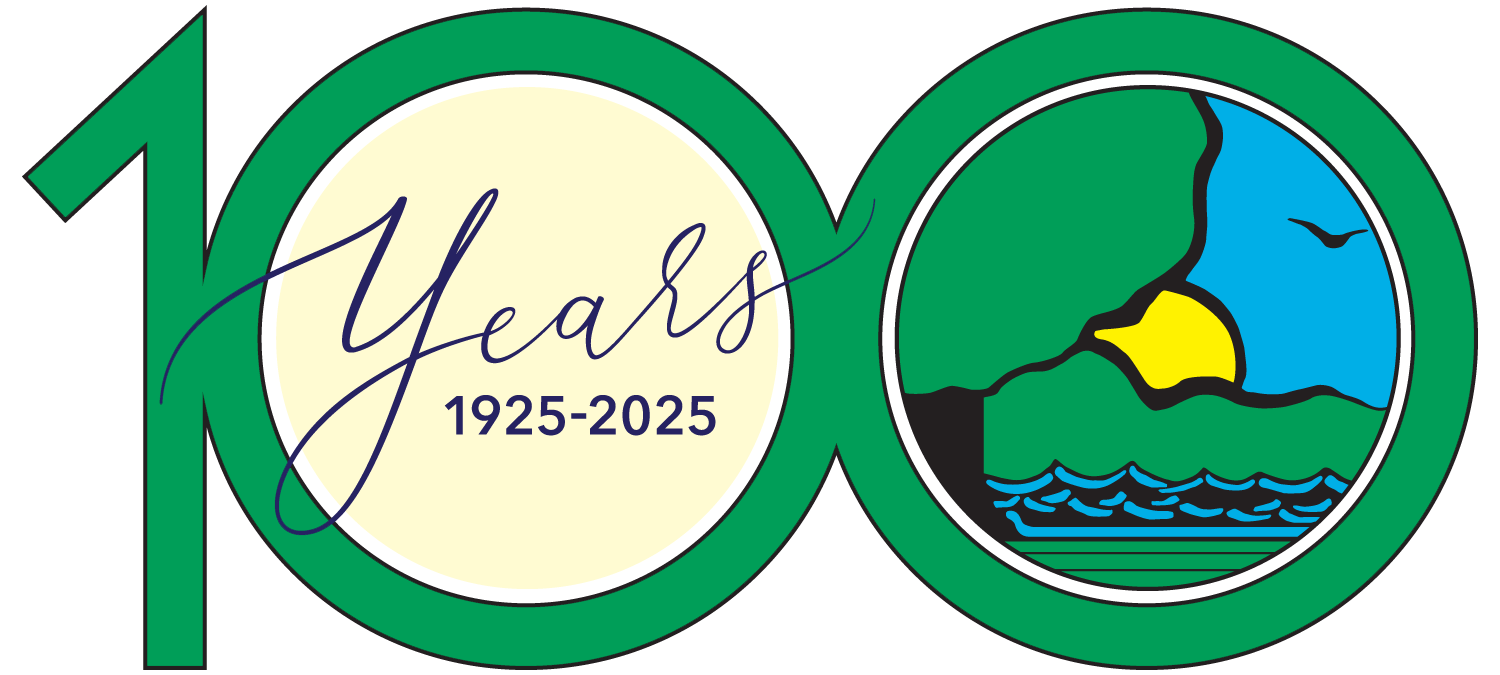
American bison graze on restored prairie at The Nature Conservancy’s Nachusa Grasslands. Photo by Dee Hudson.



American bison graze on restored prairie at The Nature Conservancy’s Nachusa Grasslands. Photo by Dee Hudson.
The tallgrass prairie in Illinois assembled over the past 8,000-10,000 years with Indigenous people actively interacting with the landscape including regular fire to support agriculture and to attract grazing herbivores. By the 1970s, less than 0.1 percent of native prairie remained in the state.

Interest in protecting tallgrass prairie and savanna has grown in the past 50 years, included several efforts to restore small and large areas to support native flora and fauna. At The Nature Conservancy’s Nachusa Grasslands, the goals of the project have focused around restoring native plant communities and the ecological factors supporting the whole ecosystem. The factors include prescribed fire, aggressive invasive species management, and as of 2014, grazing from a reintroduced herd of American bison (Bison bison). In subsequent years, researchers have been monitoring the impact of bison on plant and animal communities.
Recent work found little change in plant communities in the five years since bison were reintroduced. Before bison arrived at Nachusa Grasslands, staff constructed 22 fenced ‘exclosures’ with paired ungrazed plots inside the fence and grazed plots outside the fence. Baseline data was collected in the year before bison were reintroduced, allowing us to monitor the plant community response to bison grazing, accounting for other natural changes happening over time. The collaborative research team included graduate student Jenn Chakravorty and advisor Dr. John Harrington at University of Wisconsin-Madison in addition to Nachusa Grassland research scientist Dr. Elizabeth Bach.
We found no differences in plant community diversity, composition, non-native:native species ratio, or visual obstruction readings between grazed and ungrazed plots. Plant community structure and diversity varied across the habitat types at Nachusa Grasslands: new prairie plantings, old prairie plantings, native prairie (unplowed) and savanna. Older plantings and native prairie had lower non-native:native plant ratio, higher grass:forb ratio, and slightly lower Shannon’s diversity compared with newer plantings and savannas. These plant community metrics exhibited some shifts across the five years of monitoring, and these shifts were consistent in grazed and ungrazed plots. The one exception is observed greater non-native:native ratio in grazed plots in year five.

Another research study looked at the effects of both bison grazing and prescribed fire management on grassland birds at Nachusa Grasslands. This study looked at which areas of the preserve different bird species preferred to reside in during the summer breeding season. Grassland bird diversity was largely unaffected by bison grazing and was more sensitive to recent prescribed fires. Though bird diversity decreased in freshly burned areas, these decreases were not observed in prairie that was freshly burned and grazed by bison. This combined effect of bison and fire was also observed in specific bird species.
Henslow’s sparrows (Centronyx henslowii) are one of the focal species observed during this study that exclusively use tallgrass prairie habitat during the summer breeding season. These secretive birds are often difficult to see in the lush prairie habitats that they prefer, but can be heard with their distinctive hiccup-like songs. Previous research has shown that Henslow’s sparrows prefer tallgrass prairie that has dense vegetation and a component of dead plant litter. Prescribed fires are known to reduce these structural components that these birds prefer. This research demonstrated that Henslow’s sparrows at Nachusa Grasslands indeed preferred prairie that has not been burned recently, with their abundances increasing with an increase in times since fire. Interestingly, the Henslow’s sparrows increase in abundance with time since fire was further amplified in bison grazed plots. We hypothesized that bison may be contributing to the structure of prairie habitat by facilitating faster accrual of dead plant material or they could be positively impacting birds by positively affecting insect populations that these birds eat.

The main take-home message from these data is that bison grazing at Nachusa Grasslands has not changed plant community diversity or structure in the first five years. However, birds appear to respond to bison grazing and prescribed fire management, six to eight years after bison have been established at the preserve. More research will be needed to determine if plant diversity and structure are starting to change with bison grazing, or if bison impact the prairie habitat in other ways that birds are responding to. Regardless of the mechanism, it appears that bison are playing an important role in altering prairie habitat for species of concern, such as the Henslow’s sparrow. We are continuing monitoring plant and animal community responses to grazing across the preserve to help unravel these questions.
Chakravorty, J.; Harrington, J.A.; Bach, E.M. 2024. Bison grazing in eastern tallgrass prairie does not alter plant diversity after five years. Natural Areas Journal. Open access: https://bioone.org/journals/natural-areas-journal/volume-44/issue-4/2162-4399-44.4.215/Bison-Grazing-in-Eastern-Tallgrass-Prairie-Does-Not-Alter-Plant/10.3375/2162-4399-44.4.215.full?tab=ArticleLinkSupplemental
Del Vallé, A.; Guiden, P.W.; Jones, H.P. 2024. Grassland bird response to bison and prescribed fire in restored tallgrass prairies. Journal of Wildlife Management.
Dr. Elizabeth Bach is a Research Scientist with The Nature Conservancy in Illinois based at Nachusa Grasslands (Franklin Grove) where she works with scientists, land managers and volunteer stewards to investigate questions about tallgrass prairie restoration ecology. Her own research expertise focuses on soil ecology and botany.
Antonio (Tony) Del Vallé studied the effects of bison and prescribed fire on grassland birds that breed at Nachusa Grasslands and Kankakee Sands as part of his graduate research at Northern Illinois University (NIU). He has a M.S. degree in Biological Sciences from NIU, and a B.S. degree in Wildlife Ecology from the University of Wisconsin-Madison. Tony currently works as a Research Coordinator in the Soil Ecology Lab at The Morton Arboretum.
Submit a question for the author